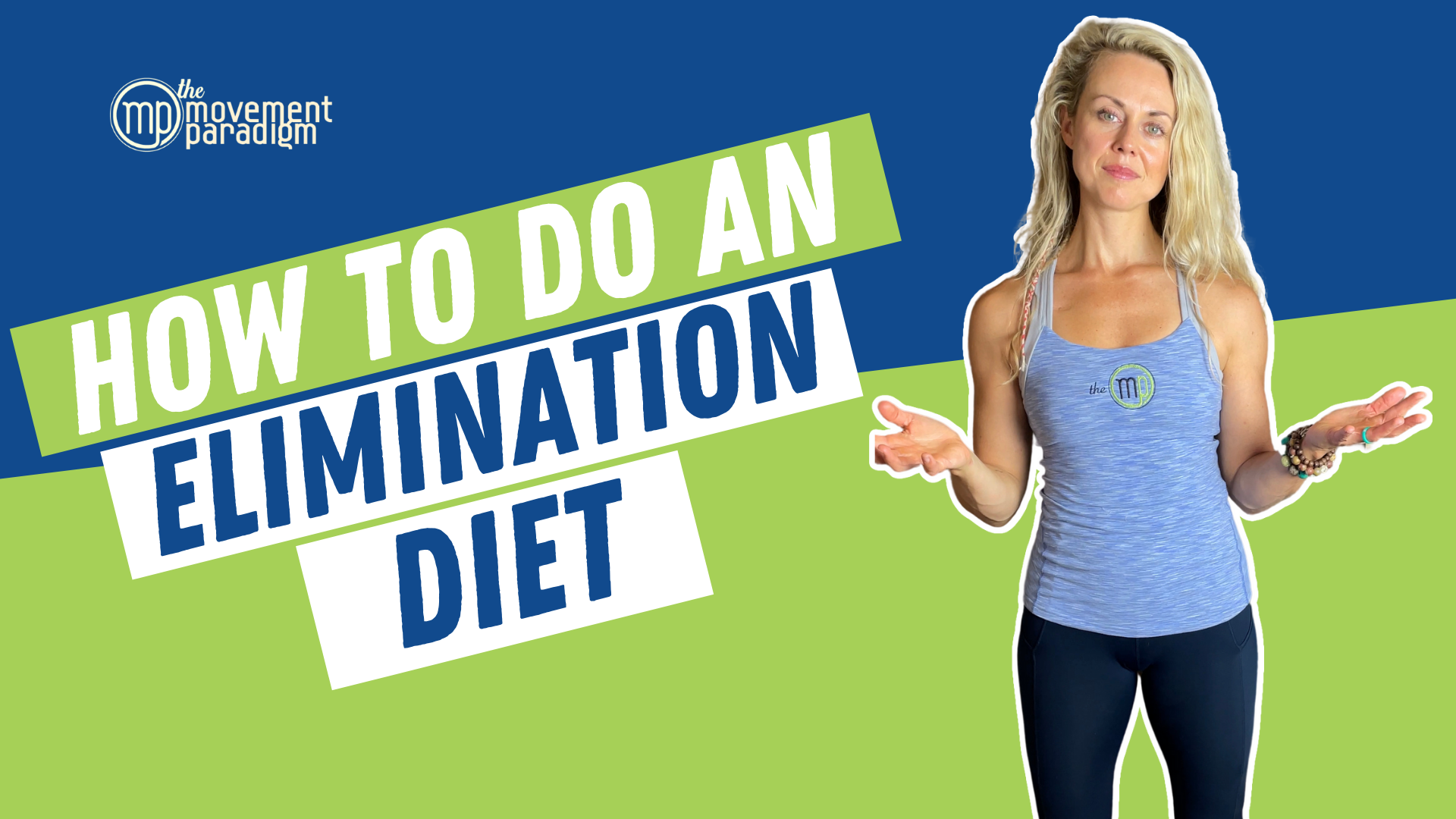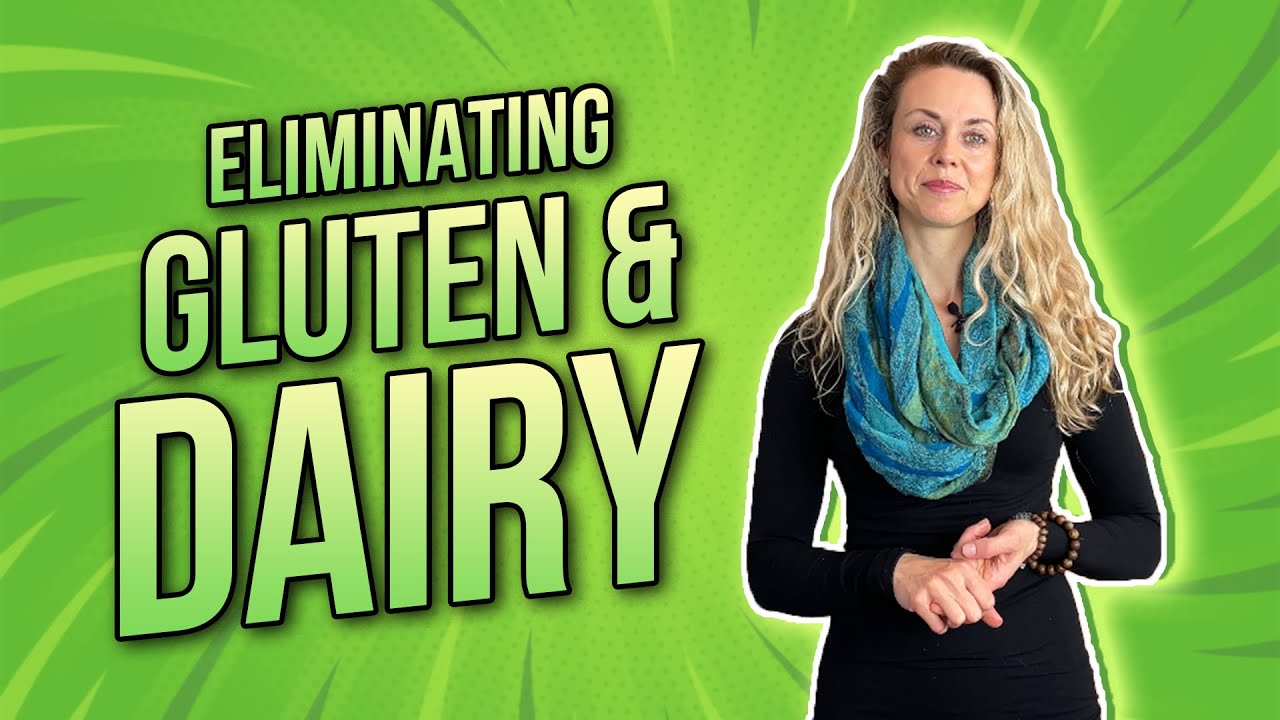Do you suffer from chronic allergies, eczema, or even some digestive issues that seem to be continually unresolved?
You’ve tried everything from topical creams for your skin, supplements, and more, but you just can’t seem to get to the underlying root cause of why you’re having a specific health condition. Perhaps you’re suffering from some other kind of health condition or autoimmune disease? Maybe you are suffering from MS, Parkinson’s, or other chronic health conditions, even things like diabetes and high cholesterol?
Performing an elimination diet, or even a modified elimination diet, can be a very powerful tool in uncovering some of the potential food triggers. Food triggers can be commonly overlooked as a potential driver for these specific health issues, so stay tuned for how to perform that. The elimination diet has been used for decades by allergists, functional medicine practitioners, and dietitians.
Rather watch or listen than read?
How To Do An Elimination Diet
Ninety percent of all chronic health conditions are associated with excessive or persistent inflammation. Food is one of our five potential inflammatory triggers. Here are the steps to an elimination diet.
1) Identify Current Potentially Inflammatory Foods
Let’s first identify what the potentially inflammatory foods are. These can be things such as gluten, dairy, corn, soy, peanuts, alcohol, sugar, processed meats, red meat, alcohol, shellfish, coffee, and/or chocolate. All of these things can be potentially inflammatory for you, but that doesn’t mean that every one of them is.
When you’re thinking about performing an elimination diet, the first step is to evaluate how many of those foods you’re eating daily. Now please note that there are other categories of foods. These include oxalates, histamines, nightshades, and even grains that all could be inflammatory for the individual person.
2) Prepare for Elimination
Now that you’ve identified how many of those foods you’re eating on a regular basis, the next step would be to begin to slowly transition out of some of those foods and into other anti-inflammatory foods.
Rather than just purely eliminating these foods, we want to think about optimizing our health with phytonutrient and antioxidant-rich foods. To prepare for the elimination diet, you should pick a start date, so that you have it on your calendar and you know exactly when you’re going to be starting this particular journey.
3) Elimination
The elimination diet is performed for three weeks. That means you’re eliminating all of these foods for an entire three-week period, so that means 100% elimination of these foods.
4) Reintroduce
After you have performed the three-week elimination diet, now it is time to reintroduce. You will reintroduce one food at a time. You will reintroduce that food twice in one day. For example, if you were having dairy you would have yogurt in the morning and perhaps cheese at night. Then you would wait three full days after that, without having any more dairy or any of the other foods you’ve eliminated.
You’ll track all of your symptoms: digestive issues, sleep issues, urinary issues, skin issues, joint muscle pain, and any other symptom that comes up. This will tell you if any of these foods are an issue for you. It is important to recognize your symptoms don’t necessarily have to be immediately after you eat the food.
What To Do After Performing An Elimination Diet
Now that you’ve performed the elimination diet and reintroduction process, you can begin to continue with one food at a time. This way, you can identify which food triggers you might have. What are the things that are causing your skin issues? What are the things that are causing your digestive system, and so on?
Now, there’s always a root cause beyond that. If you find yourself having many food triggers and you’re almost sensitive to all of them, then there’s most likely an underlying issue. That is something that is still going to need to be resolved because your immune system is hyperreactive.
In my opinion, it is also one of the simplest things that you could do. It gives you complete control and ownership over what you’re putting in your body and what is appropriate for you.
You can use this Food Reintroduction Tracker below:
Reach out for a 15-minute FREE discovery session to see how we can help you on your journey.
For more content, make sure to subscribe to our YouTube channel here.
Other things that may interest you:
Chew Your Food To Heal Your Gut
What do your gut bacteria do? | 10 Functions of Gut Bacteria | Microbiome



